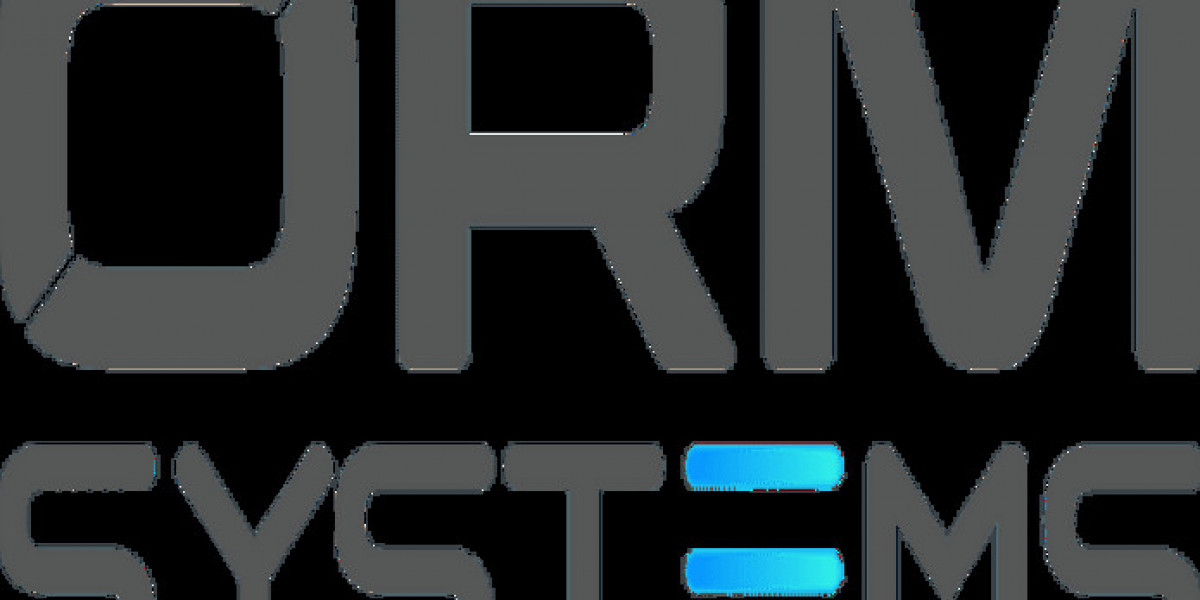Why Cisco GLC-TE is the Best Transceiver for Fiber Optic Connectivity
When building or upgrading a high-speed network, choosing the right transceiver is key to achieving performance, compatibility, and scalability. The cisco glc te is a widely trusted transceiver module known for its simplicity, affordability, and dependability. However, it's important to clarify that while it's often grouped with fiber transceivers, the GLC-TE is actually a copper-based transceiver—not fiber optic.
Despite that, the Cisco GLC-TE plays a pivotal role in hybrid fiber-copper environments, making it an essential component for many network architectures where fiber is present at the core or distribution layers, and copper is used at the access edge.
Cisco GLC-TE: Key Technical Specifications
Specification | Details |
Transceiver Type | 1000BASE-T SFP (Copper) |
Interface | RJ-45 (Cat 5e/6/6A UTP) |
Max Data Rate | 1 Gbps full duplex |
Max Distance | 100 meters (328 feet) over Cat 5e/6 |
Hot-Swappable | Yes |
Form Factor | SFP (Small Form-Factor Pluggable) |
Device Compatibility | Cisco Catalyst, Nexus, ISR, ASR, and other Cisco SFP-enabled platforms |
Environment | Commercial (0°C to 70°C operating temperature) |
✅ Connectivity Benefit: Seamlessly integrates copper-based devices within fiber-dominant networks.
How GLC-TE Supports Fiber-Centric Network Designs
While fiber optics is the preferred medium for long-distance, high-bandwidth backbone connectivity, many edge devices and endpoints still rely on copper connections. The Cisco GLC-TE allows you to:
1. Bridge Copper and Fiber Networks
Use the GLC-TE at the access layer where copper cabling is dominant, while connecting to core or distribution layers that use fiber—ensuring a consistent end-to-end architecture.
2. Avoid Fiber Where Not Needed
In environments where fiber isn’t essential or feasible (e.g. small offices or wiring closets), the GLC-TE lets you achieve Gigabit performance using copper cabling.
3. Enable Hybrid Deployments
Deploy both GLC-TE (for copper) and SFP fiber modules like GLC-SX-MMD (for MMF) or GLC-LH-SMD (for SMF) across the same switch—offering maximum flexibility and scalability.
Use Cases Where GLC-TE Complements Fiber
Edge-to-Core Connections – Use GLC-TE for access points while maintaining fiber uplinks to the core
Office and Campus Networks – Combine copper transceivers for short runs with fiber for building-to-building links
Access Layer Upgrades – Upgrade to Gigabit without switching to full-fiber cabling
Mixed Infrastructure – Support fiber in high-demand zones and copper in legacy or low-bandwidth areas
Conclusion: The Ideal Companion to Fiber Networks
While not a fiber optic module itself, the Cisco GLC-TE is the best transceiver for bridging fiber-centric environments with copper-based access networks. It offers reliable Gigabit performance, plug-and-play installation, and wide Cisco compatibility, making it an indispensable tool in hybrid networking.
✔ 1 Gbps over Cat 5e/6—no need for fiber at every endpoint
✔ Compatible with all Cisco SFP-enabled platforms
✔ Ideal for hybrid network designs
✔ Cost-effective for expanding existing copper infrastructure
✔ Enables smooth transition in fiber-copper network upgrades
As a worldwide IT solutions provider, System Integrator supports business and public organizations. Buy Cisco routers, switches, and additional IT products with us.








